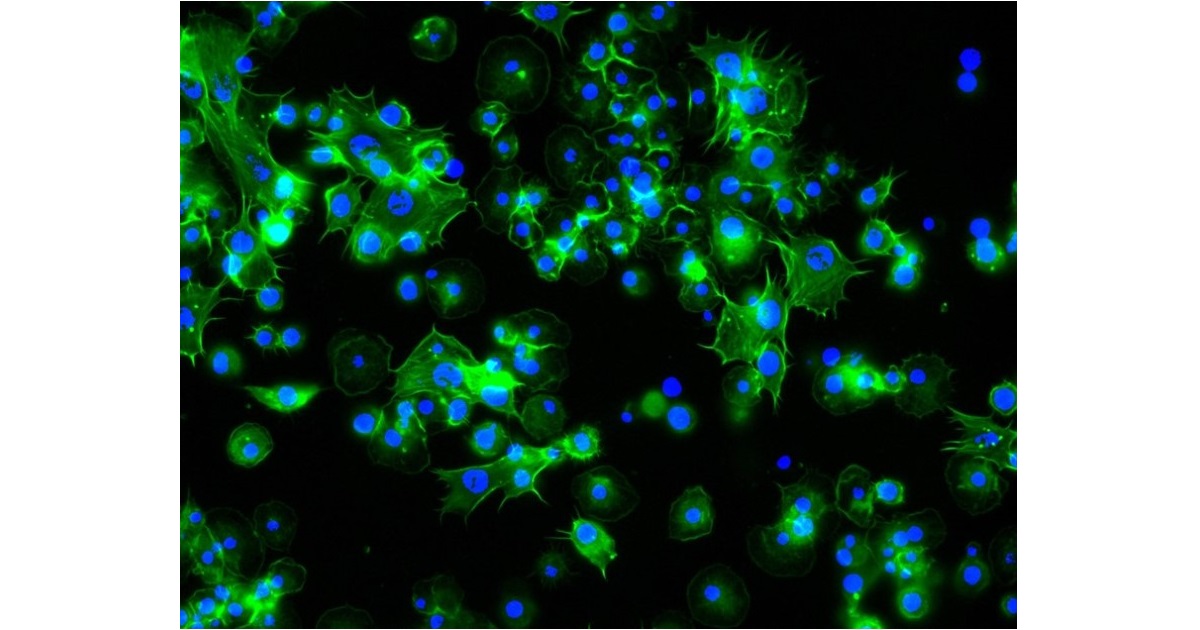Cellular Events in Insect Development, Immunity, and Reproduction
A special issue of Cells (ISSN 2073-4409).
Deadline for manuscript submissions: closed (31 October 2023) | Viewed by 16987

Special Issue Editor
Special Issue Information
Dear Colleagues,
Our world has a tremendous number of insects, comprising of more than half of species diversity in all biological kingdoms. Furthermore, their physiological processes are also so diverse that insects well adapt to most terrestrial habitats from Paleozoic to current eras. To explain the evolutionary success of the insects, their unique metamorphosis/reproduction and innate immunity have been investigated from cellular to organism levels, along with sequential coordination of insect endocrine signals. With the accumulation of genome information in diverse insect systems, the cellular events in development, immunity, and reproduction have been further analyzed at the cellular level along with the specific and coordinated array of gene expressions.
This Special Issue will publish the utmost molecular and cellular processes in these physiological systems of the model insects, such as fruit flies, industrial insects, such as honeybees and silkworms, medical insects, such as mosquitoes, and several agricultural insect pests.
Prof. Dr. Yonggyun Kim
Guest Editor
Manuscript Submission Information
Manuscripts should be submitted online at www.mdpi.com by registering and logging in to this website. Once you are registered, click here to go to the submission form. Manuscripts can be submitted until the deadline. All submissions that pass pre-check are peer-reviewed. Accepted papers will be published continuously in the journal (as soon as accepted) and will be listed together on the special issue website. Research articles, review articles as well as short communications are invited. For planned papers, a title and short abstract (about 100 words) can be sent to the Editorial Office for announcement on this website.
Submitted manuscripts should not have been published previously, nor be under consideration for publication elsewhere (except conference proceedings papers). All manuscripts are thoroughly refereed through a single-blind peer-review process. A guide for authors and other relevant information for submission of manuscripts is available on the Instructions for Authors page. Cells is an international peer-reviewed open access semimonthly journal published by MDPI.
Please visit the Instructions for Authors page before submitting a manuscript. The Article Processing Charge (APC) for publication in this open access journal is 2700 CHF (Swiss Francs). Submitted papers should be well formatted and use good English. Authors may use MDPI's English editing service prior to publication or during author revisions.
Keywords
- insect
- development
- growth
- immunity
- reproduction
- endocrine
- signaling






